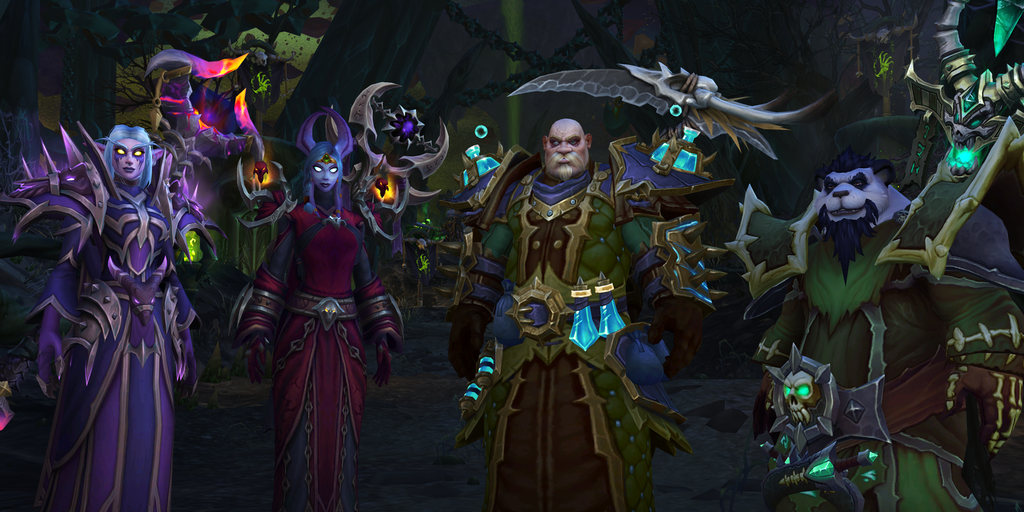Gaming Giant Blizzard Entertainment Embraces Generative AI for Game Development
Gaming industry behemoth Blizzard Entertainment, known for its popular titles like World of Warcraft, has joined the ranks of AAA studios and developers leveraging generative artificial intelligence (AI) technology to streamline the design of characters and environments in its games. While the company has implemented AI tools for various aspects of game development, it has drawn a firm line when it comes to incorporating generative AI into its flagship massively multiplayer online game World of Warcraft.
AI Integration and Internal Caution
According to a report by The New York Times, Blizzard Entertainment has integrated a proprietary AI tool into its internal processes and cautioned employees against using third-party platforms to prevent any leaks of intellectual property. John Hight, director of the Warcraft franchise at Blizzard, highlighted the benefits of utilizing machine learning technologies to tackle tasks that are either too complex or time-consuming for human developers.
“The fitting of armor on characters—you see how many different characters we have—our artists used to have to go through and they’d build it for human form and then they’d have to go and retrofit all these things for all the various body shapes and horns and big snouts and tails and all of that,”
Hight mentioned to gaming news outlet IGN during the Game Developers Conference. He acknowledged the concerns among artists regarding potential job displacement by AI and emphasized the importance of ensuring proper credit and permissions are respected in the creative process.
Preventing Job Displacement
Hight clarified that, despite exploring the capabilities of AI, Blizzard Entertainment has refrained from deploying generative AI within World of Warcraft. The company’s overarching goal has been to enhance artists’ workflows by automating repetitive tasks and allowing them to focus on refining and perfecting the creative aspects of their work.
Even prior to the widespread adoption of generative AI technologies like GPT-4, Blizzard had been investigating the applications of machine learning to facilitate a more efficient art creation process. By utilizing AI to handle the majority of technical tasks, artists can devote more time to fine-tuning their designs and producing a diverse range of content.
Industry Trends and Debates
In a significant move, Microsoft recently acquired Activision Blizzard for $68.7 billion, signaling a major shift in the gaming industry landscape. Subsequently, Microsoft and its subsidiary, Inworld AI, announced the development of generative AI tools tailored for video game development, aiming to empower creators and developers in their creative endeavors.
However, not all industry professionals share the same enthusiasm for the integration of generative AI in game development. Mary Kenney, an associate narrative director, expressed her disdain for the evolving technology on social media platforms, emphasizing the potential devaluation of artists’ contributions in the creative process.
The apprehension surrounding the use of generative AI in creative industries has been echoed in labor disputes, such as the SAG-AFTRA and WGA strikes, where concerns over the displacement of actors and writers by AI technologies have been at the forefront of discussions.
Conclusion
While the adoption of generative AI in game development presents numerous opportunities for streamlining workflows and enhancing creative output, it also raises important ethical and creative considerations. As Blizzard Entertainment and other industry leaders navigate the complexities of integrating AI into their development processes, striking a balance between technological advancement and maintaining the integrity of artistic expression remains a pivotal challenge.
Blizzard Entertainment has yet to respond to inquiries from industry publications regarding its stance on generative AI technologies and their potential impact on the future of game development.
Image/Photo credit: source url





